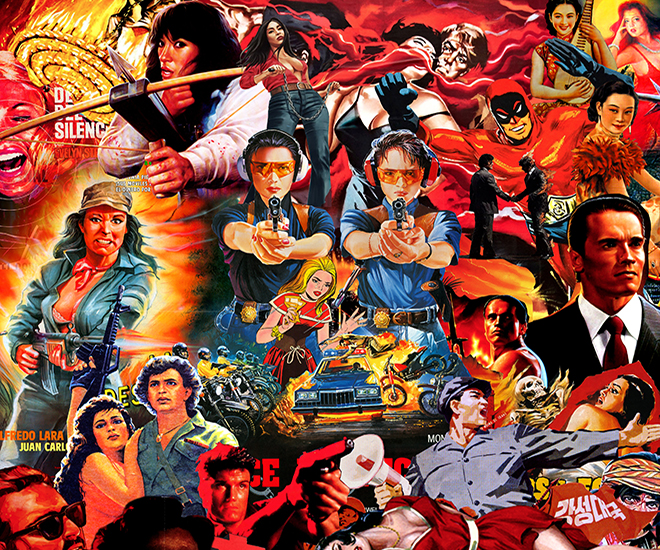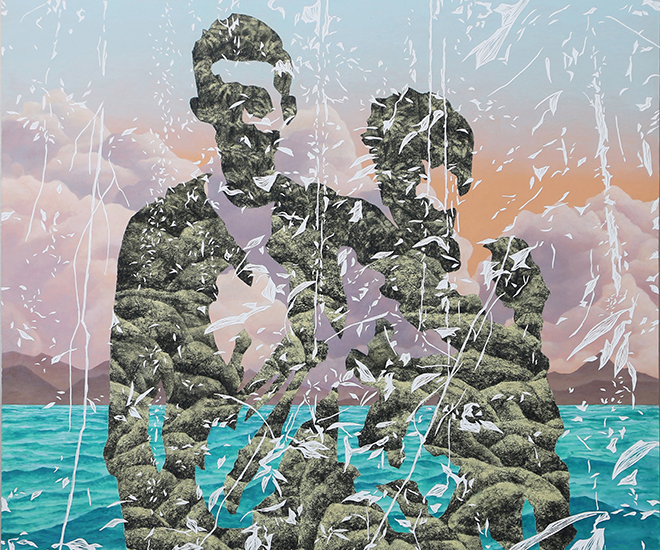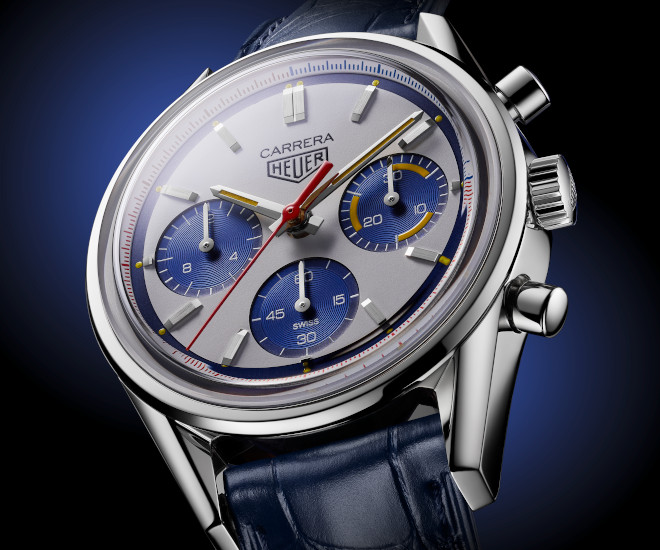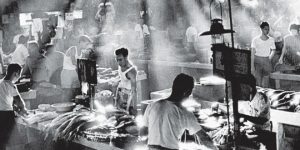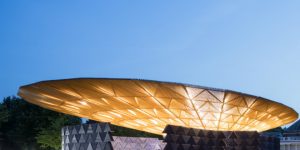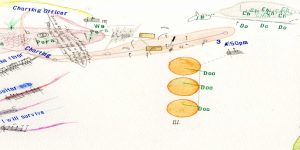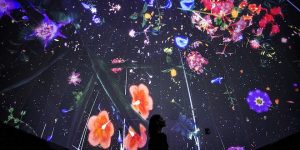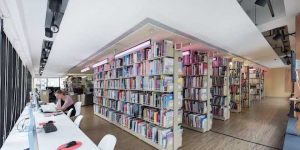Essay: Human+?
A review of exhibitions exploring the human condition

Chun Kai Qun, ‘The Black List’, 2006
What makes a human? Do you remember the future proposed by Ridley Scott’s 1982 film ‘Blade Runner’? The film is set in 2020, three years from now! Replicants may not exist — yet — but the ethics, doubts, and questions that surround the creation of a “superhuman” are becoming more and more urgent with the advances in science and technology.
The group show ‘Human+ The Future of our Species’ at the ArtScience Museum, Singapore mixes scientific research with artistic investigations, offering a glimpse of a posthuman future. Singapore provides the perfect setting: a tiny city-state which has reinvented itself socially, architecturally and economically through a commitment to technological advancement. The exhibition is divided into four chapters, attempting to demonstrate the advantages and “improvements” of technological interferences in what it means to be human: from Addie Wagenknecht’s ‘Optimisation of Parenting, Part 2’ (2012) to Agatha Haines’ ‘Transfigurations’ (2013). Wagenknecht’s work represents a machine replacing, and probably improving, the parental task of gently rocking a cradle, while Haines’ proposes new designs for babies aiming to fix their future problems. The sculptures of realistic babies displaying scars and surgical marks seeking to improve the child’s adaptability to the environment, diseases and mobility issues are disturbing.
The show divides its sections using lots of white plastic and neon lights and displays that seem to be made for selfies, almost as if intended to stimulate the public to document their passage through a freak show. Curiously, mobile technology in Singapore and other countries is increasingly detaching people from one of the most human characteristics: the ability to empathise, an aspect of the future that Ridley Scott, or even the artists in the show, did not predict.

Chun Kai Qun, ‘Ronnie’Two Thumb Fire Balls Mac’, 2008
Not too far from the skyscrapers surrounding the ArtScience Museum, hidden in the bohemian-turned-hipster neighbourhood of Tiong Bahru, is a tiny non-profit space called Grey Projects. The exhibition of Chun Kai Qun’s works titled ‘Messes and Overcooked Soups’, offers a counterbalance to the machine-mediated future proposed by ‘Human+’. The solo show is part of a series by Grey Projects investigating artists’ early works, a means of reflecting on the themes and approaches that would be developed in their future careers. Working in a variety of media, Kai Qun is known for his emotive and organic style (he also has an identical twin brother, Kai Feng, who is an artist). Kai Qun’s early prints and drawings are related to music posters, fast food culture, and offbeat characters. By choosing to represent the human side of outsider figures and tropes, he brings to light that which is typically unseen by society.
In Singapore, different levels of reality co-exist. Who hasn’t ignored that uncle who, with a Quasimodo-like gesture, tried to sell you his packets of tissue paper? Who hasn’t passed by those groups of men cutting grass, masked and dressed as if in a Resident Evil sequel? Kai Qun highlights these usually unseen minorities in ‘Tissue Paper Man’ (2006) and ‘The Grass Cutter’ (2008), the artist celebrates craft using the traditional time-consuming, labour-intensive printmaking processes of collagraphy and silkscreening while challenging the standard methods with his chaotic, doodle-style drawings. The grass cutter character is portrayed in happy, vibrant colours in an almost idyllic diorama, while the tissue paper man has a Frankenstein charm. The risk is that this makes the artwork more sympathetic —more “human”— than the reality of the person represented.

Chun Kai Qun, ‘Grass Cutter’, 2008
Happening at the same time in Singapore, these shows could not be more different in their approach. And yet, in their differences, each tries to rescue what it means to be human in a social sphere: to want to be seen, to belong, to encounter others, to be accepted, to be included. Still, the concept of what it means to be human is changing. Will there be any space in the future for misfits? Or will machines replace the misfits? Or will humans be an adapted, improved race, as foreseen in Haines’ works, in a society reigned over by machines?
Technology may not be advanced enough to create the cybernetic future predicted in the darkest sci-fi literature, comic books, and films such as ‘Blade Runner’. In representing and proposing dystopian worlds, art raises questions about the absurdities of the human condition to help us empathise with one another. The future is uncertain, but the ethical issue remains: how can we aim for human+ when we still treat so many as human-?
*
This article was written by Christine Veras for Art Republik.
Christine Veras is an artist and inventor who is currently pursuing her Ph.D. at the Nanyang Technological University, School of Art, Design and Media in Singapore. Besides writing art reviews, she investigates physical and digital multimedia strategies that connect animation, contemporary art installations, and optical illusions.
*
ERRATUM: In Art Republik Issue 16, it was written that the author’s name was Christina Veras. It should have been Christine Veras.
